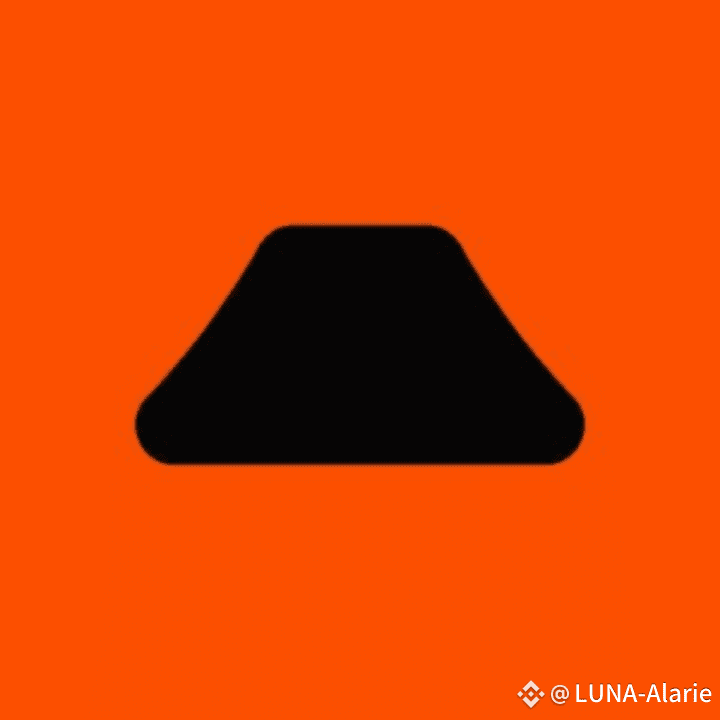🔥 2025 Caldera Science Breakthroughs: Transforming Volcanology as We Know It
1. Campi Flegrei’s Triple-Layer Structure Revealed
Advanced seismic imaging has uncovered a three-part underground system: a fibrous caprock (1–2 km), a pressurized steam reservoir (2–4 km), and a dense basement layer below.
Rather than magma, it’s the overpressure in this steam chamber that drives quakes and ground uplift.
Lab studies show the caprock can self-seal through mineralization, holding in pressure—until it catastrophically fails.
Controlling rainwater recharge to limit groundwater could reduce pressure buildup, offering a rare means to mitigate volcanic unrest.
2. Gas Trap Below Campi Flegrei Identified
A tuff layer 3–4 km deep acts like a volcanic sponge—absorbing gases until it fractures, triggering seismicity without magma involvement.
This explains prolonged periods of unrest despite a lack of eruptive activity.
3. AI Predicts Kīlauea Collapse Hours in Advance
By training a graph neural network on 2018 GPS, tilt, and seismic data, scientists can now forecast summit collapses with less than 12 hours of data input.
The model effectively detects physical stress thresholds, laying the foundation for real-time early-warning systems.
4. Kīlauea’s Magma Network Imaged in 3D
Using eikonal tomography, researchers produced the highest-resolution 3D images yet of Kīlauea’s subsurface plumbing system—along with pixel-by-pixel confidence estimates.
This technique refines volume and structure estimates of melt zones like never before.
5. Yellowstone’s Magma Lid Pinpointed at 3.8 km Depth
A novel seismic survey—using a 53,000-lb truck—mapped the upper limit of Yellowstone’s magma reservoir.
This volatile-rich "lid" regulates pressure by venting gases, reinforcing Yellowstone's status as active but not imminently threatening.
6. Henry’s Fork Links Deep Basalt to Rhyolite Eruptions
Argon-dating reveals repeated basaltic events over 1.3 million years, including a recent 35,000-year-old flow—the latest volcanic activity tied to Yellowstone.
These deep basalt pulses appear to set off rhyolitic eruptions, suggesting a direct connection between deep and shallow magma systems.
7. Hephaestus Minicubes: A Unified Caldera Monitoring Resource
The Hephaestus Minicubes project compiles seven years of annotated InSAR, atmospheric, and topographic data for 44 active volcanoes.
Optimized for machine learning, the platform enables standardized, cross-caldera comparisons and forecasting research at scale.
---
📊 Snapshot of What’s New & Why It Matters
Insight Why It’s a Breakthrough
Caprock-driven instability Groundwater management could control volcanic pressure for the first time.
Gas-triggered quakes Unrest can occur without magma—fluid pressure is a key driver.
AI collapse prediction ML now enables real-time alerts with minimal data input.
Deep imaging with error maps Subsurface melt volumes can now be visualized with quantified certainty.
Yellowstone’s venting cap A pressure-moderating lid keeps Yellowstone in a stable state.
Basalt–rhyolite eruption link Deep magma pulses may trigger regional rhyolitic events.
ML-ready caldera data Minicubes accelerates global volcanic hazard forecasting.
---
🌋 2025: The Year Caldera Science Became Predictive
This year signals a shift from reactive hazard mapping to proactive risk mitigation:
🎯 Imaging tools now feed directly into predictive models.
⚙️ AI techniques function effectively with short data windows.
🛠 Hydrology-based interventions, like at Campi Flegrei, hint at real-world volcanic pressure control.
🌐 Platforms like Minicubes enable side-by-side comparisons across global calderas.
Bottom line: In 2025, volcanology moved from describing eruptions to forecasting them—with tools that open doors to timely, even preventative action.

